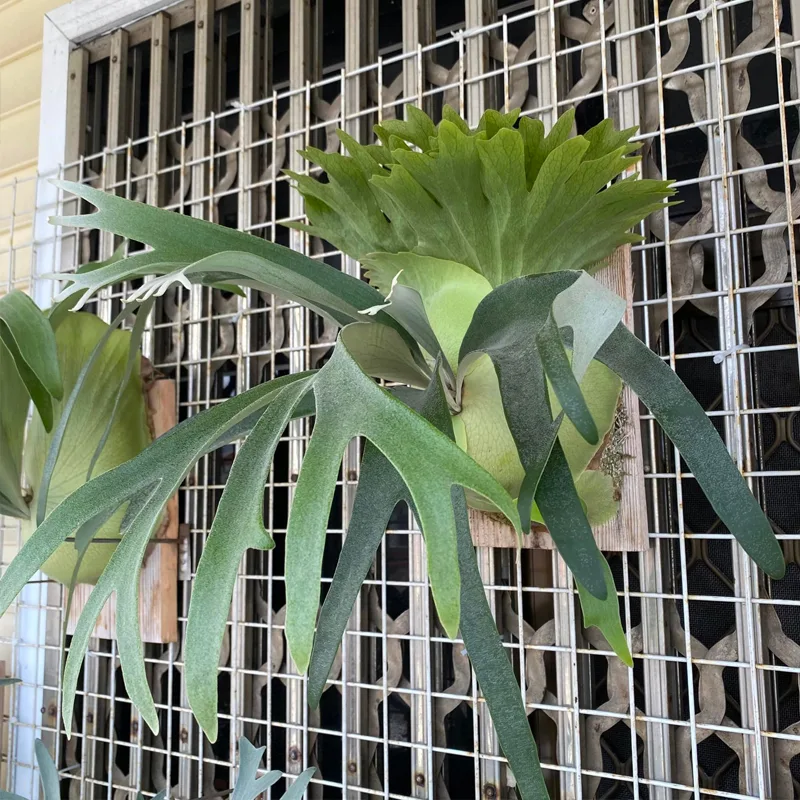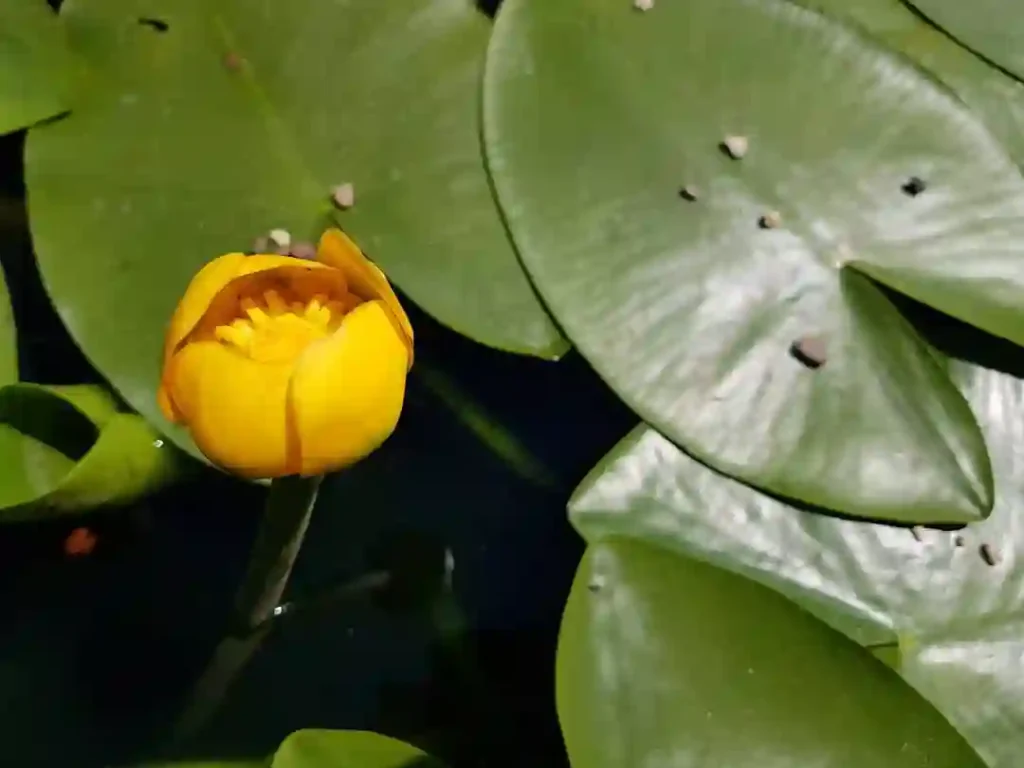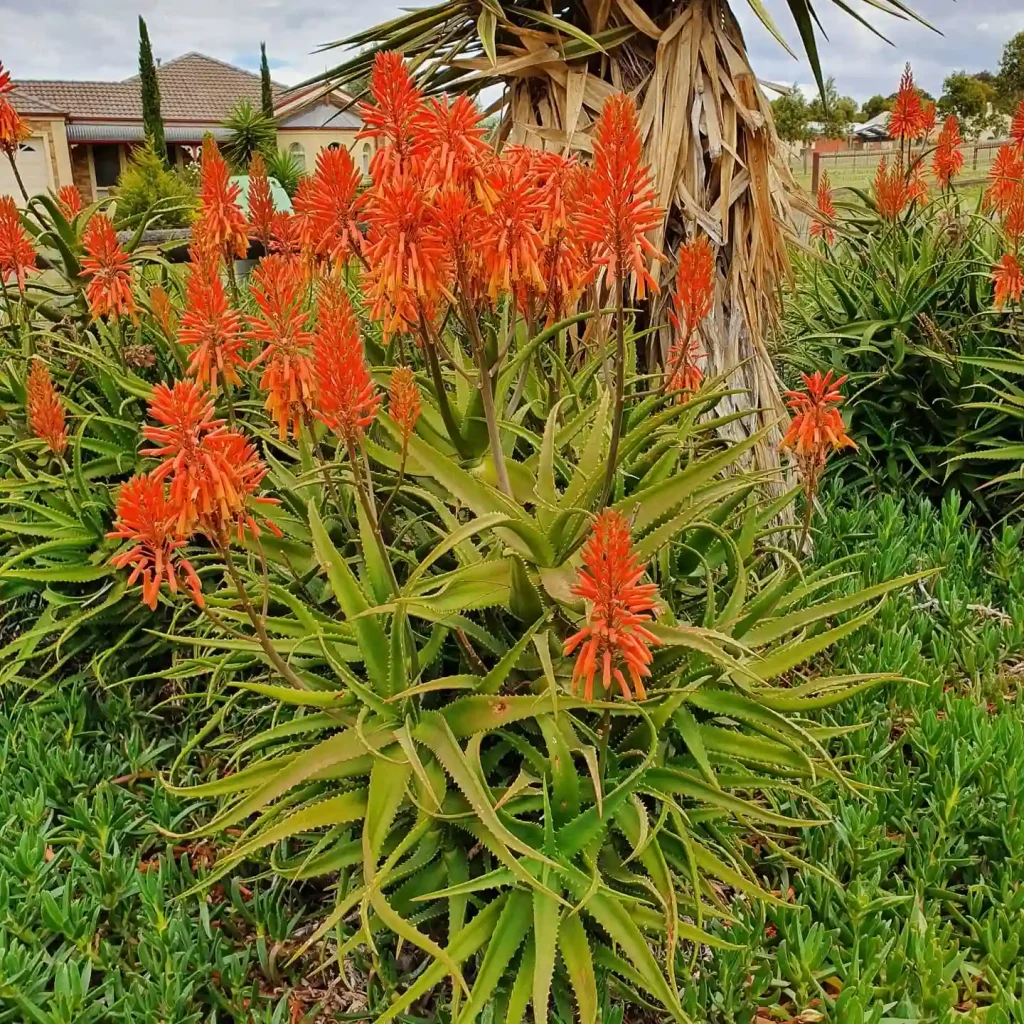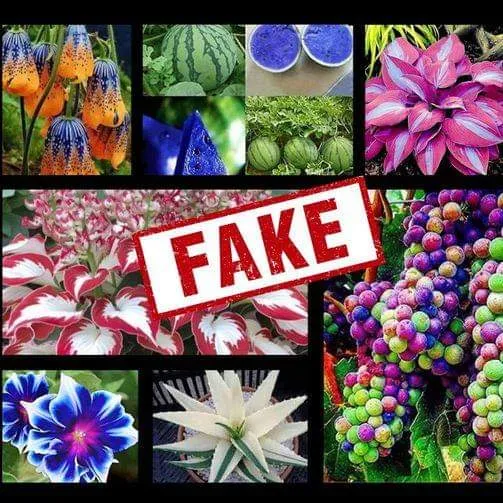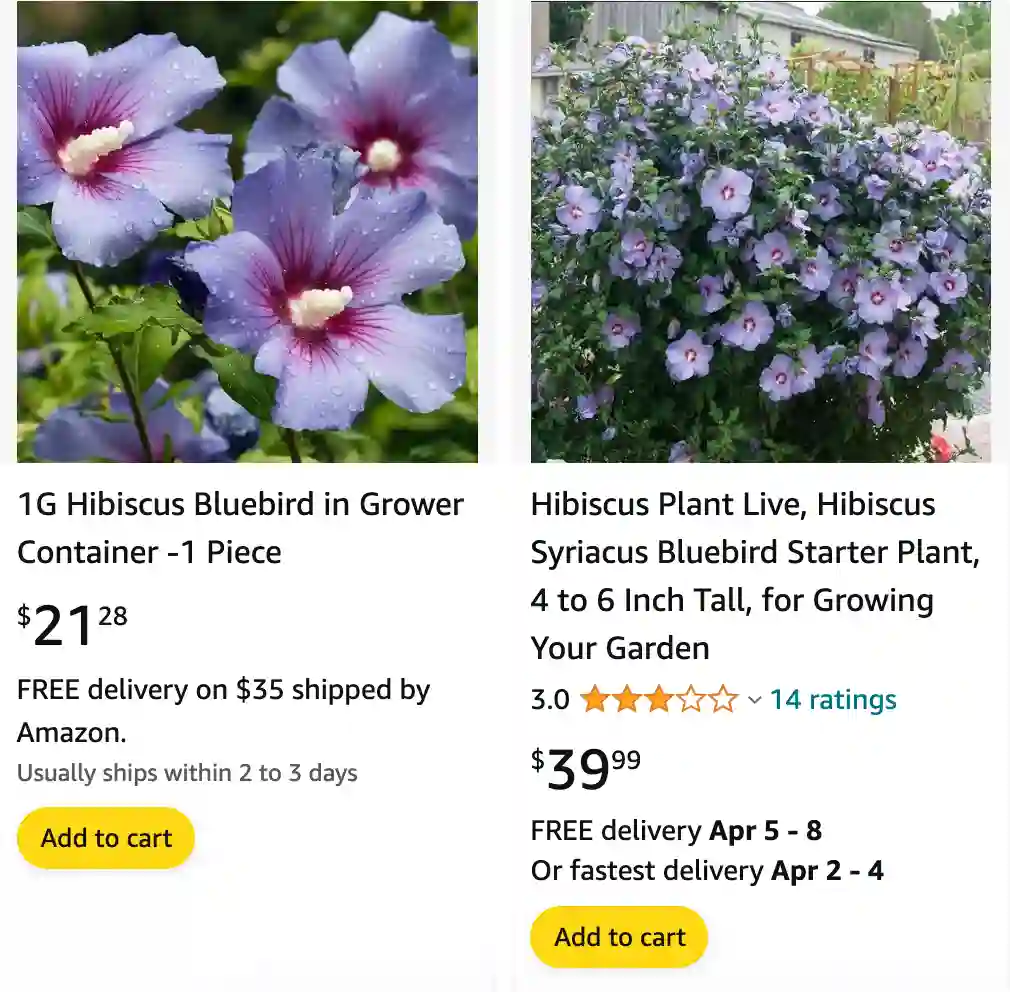
The Enduring Beauty of the Hibiscus Blue Bird
For years, my garden has been a canvas for vibrant colors and captivating textures. But there’s one plant that consistently steals the show: the Hibiscus Blue Bird. This stunning shrub, with its large, trumpet-shaped blooms in a mesmerizing shade of violet-blue, is a true conversation starter.
Beyond its visual appeal, the Hibiscus Blue Bird boasts a long bloom period, stretching from midsummer all the way to the first frost. It’s a low-maintenance delight, thriving with minimal care. But even the most easygoing plants benefit from a little TLC, and the Blue Bird is no exception. In this article, I’ll share my experience cultivating this magnificent shrub, offering insights on proper care, propagation, and even some ideas for companion plantings.
439 Species in Genus Hibiscus
What is Hibiscus Blue Bird?
The Hibiscus Blue Bird, also known as the ‘Oiseau Bleu’ (French for “Blue Bird”), belongs to the Hibiscus syriacus family. Often referred to as the Rose of Sharon, this particular cultivar stands out for its vibrantly colored flowers, typically reaching a diameter of 3 inches. Each bloom boasts a striking contrast – a dark reddish-purple center against a backdrop of cool violet-blue.
This deciduous shrub can reach heights of 10 feet with a spread of around 6 feet. Its vase-shaped form adds a touch of elegance to any garden, while the dark green, three-lobed leaves provide a beautiful backdrop for the mesmerizing blooms.
How to care for Hibiscus Blue Bird?
While the Hibiscus Blue Bird is known for its resilience, proper care ensures it thrives and reaches its full potential. Here are some key aspects to consider:
- Location: This sun-worshipper craves a spot bathed in at least 6-8 hours of direct sunlight daily.
- Soil: Well-drained, fertile soil is ideal. Amending the planting site with compost or aged manure can provide the necessary nutrients.
- Watering: Regular watering is crucial, especially during the first year of establishment. Aim for consistent moisture without waterlogging the soil.
- Fertilization: A balanced fertilizer applied once or twice during the growing season can give your Blue Bird an extra boost.
How to Prune Hibiscus Blue Bird?
Pruning not only keeps your Blue Bird looking its best but also encourages bushier growth and even more blooms. The ideal time for pruning is late winter or early spring before new growth emerges. Here’s a simple approach:
- Remove dead, diseased, or damaged branches.
- Thin out crowded stems to improve air circulation.
- For a bushier plant, shorten remaining stems by about one-third.
Remember, don’t be afraid to prune more aggressively with younger plants to encourage a strong framework.
Is Hibiscus Blue Satin the Same as Blue Bird?
While both the Blue Bird and the Blue Satin are captivating Hibiscus syriacus cultivars, they boast distinct characteristics:
- Flower Color: The Blue Bird displays a violet-blue hue, while the Blue Satin leans towards a more lavender-blue shade.
- Bloom Time: The Blue Bird tends to flower earlier in the season compared to the Blue Satin.
So, the choice between these two beauties depends on your personal preference for color and bloom time.
Creating a Paradise for Your Blue Bird: Companion Planting Ideas
The Blue Bird plays well with others! Here are some ideas for creating a harmonious and visually captivating garden composition:
- For a burst of color: Pair your Blue Bird with vibrant perennials like daylilies, Russian sage, or coneflowers.
- A touch of elegance: Lavender or ornamental grasses can add a touch of sophistication alongside the Blue Bird’s bold blooms.
- A haven for pollinators: Attract butterflies and hummingbirds by planting butterfly bush, bee balm, or columbine near your Blue Bird.
With its captivating beauty, long bloom period, and low-maintenance nature, the Hibiscus Blue Bird is a true garden gem. By following these simple care tips and exploring companion planting ideas, you can create a stunning focal point in your own garden, ensuring this Blue Bird sings its floral song for years to come.
If i die, water my plants!
